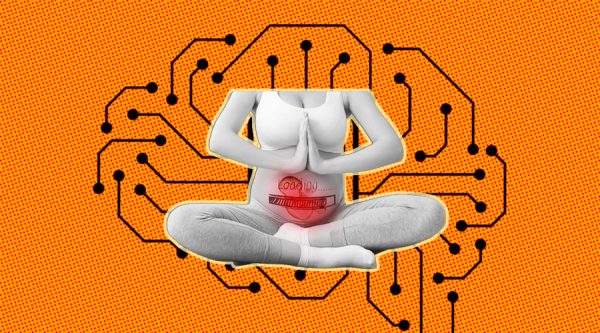Models based on artificial intelligence and machine learning are being used to precisely estimate the risks of pregnancy and childbirth in women.
As artificial intelligence (AI) continues to change the healthcare industry, models are being utilized to make labor and delivery safer for moms and newborns. While there has been a long-term decline in the number of births in the United States, problems during labor have been increasing.
According to a 2020 study by the Blue Cross Blue Shield Association, between 2014 and 2018, the rate of delivery problems among American women increased by more than 14%. These issues can have harmful long-term effects on women, including as permanent trauma, injuries, and the inability to become pregnant again.
The dangers can also be expensive because, according to Commonwealth Fund research from 2021, the social costs of problems during pregnancy and childbirth can reach $32.3 billion annually. The use of artificial intelligence in a new diagnostic model during labor could help safeguard women from these complications and provide doctors with vital information on how to proceed during a potentially dangerous delivery.
Researchers at the Mayo Clinic, a nonprofit U.S. medical research Centre, described the new health care A.I. model in a study published this week in PLOS One, a peer-reviewed academic journal focused on science and medicine. They said that the new findings combined with future research could help avoid several risky consequences for both women and newborns.
Dr. Abimbola Famuyide, an obstetrician and gynecologist from the Mayo Clinic and the study’s principal author, said in a statement: “This is the first step to applying algorithms in providing effective guidance to physicians and midwives as they make key decisions during the birthing process.” He also added, “Once the algorithm is validated through additional research, we believe it will operate in real-time, meaning that each new piece of information entered during a laboring woman’s labor will automatically recalculate the risk of a bad outcome. This may help reduce the rate of cesarean delivery and maternal and neonatal complications,’’
Periodic cervical exams are performed on pregnant women during delivery so that medical professionals can monitor the development of the labor. During these tests, several variables come into play that can help predict how a particular mother’s pregnancy is going to turn out.
Over 700 of these clinical characteristics evaluated during more than 66,000 deliveries of pregnant patients served as the basis for the new labor prediction algorithm developed by Mayo Clinic researchers. Both during the prenatal testing when expectant moms were hospitalized and throughout the laboring phase, these factors were noted and then saved on a sizable database. Instead of using more generalized methods, the researchers hoped to create an “individualized labor chart” for each patient using this data.
According to the study, the resulting algorithm can forecast if delivery would result in an “unfavorable labor outcome,” such as whether the delivery will cause a mother to lose a lot of blood or whether a baby needs to be given ventilation after delivery. This innovative tool may simplify patient counseling and decision-making, and lower the prevalence of risks for mothers, newborns, and cesarean deliveries.
The machine learning model for labor outcomes developed by the Mayo Clinic is just the most recent illustration of how A.I. technology is revolutionizing healthcare. According to a 2017 analysis by consulting company PwC, artificial intelligence is already having a significant impact on how medical experts identify and diagnose problems, treat ailments, and make choices.
A Programme that used artificial intelligence to diagnose cancer in 2016 was able to do it with 99% accuracy and 30 times the speed of a human doctor, according to the article. A prototype of artificial intelligence (AI) Programme that can diagnose several eye disorders using DeepMind’s machine learning algorithm and a wealth of pertinent data was released in 2019.
Source: analyticsinsight.net









